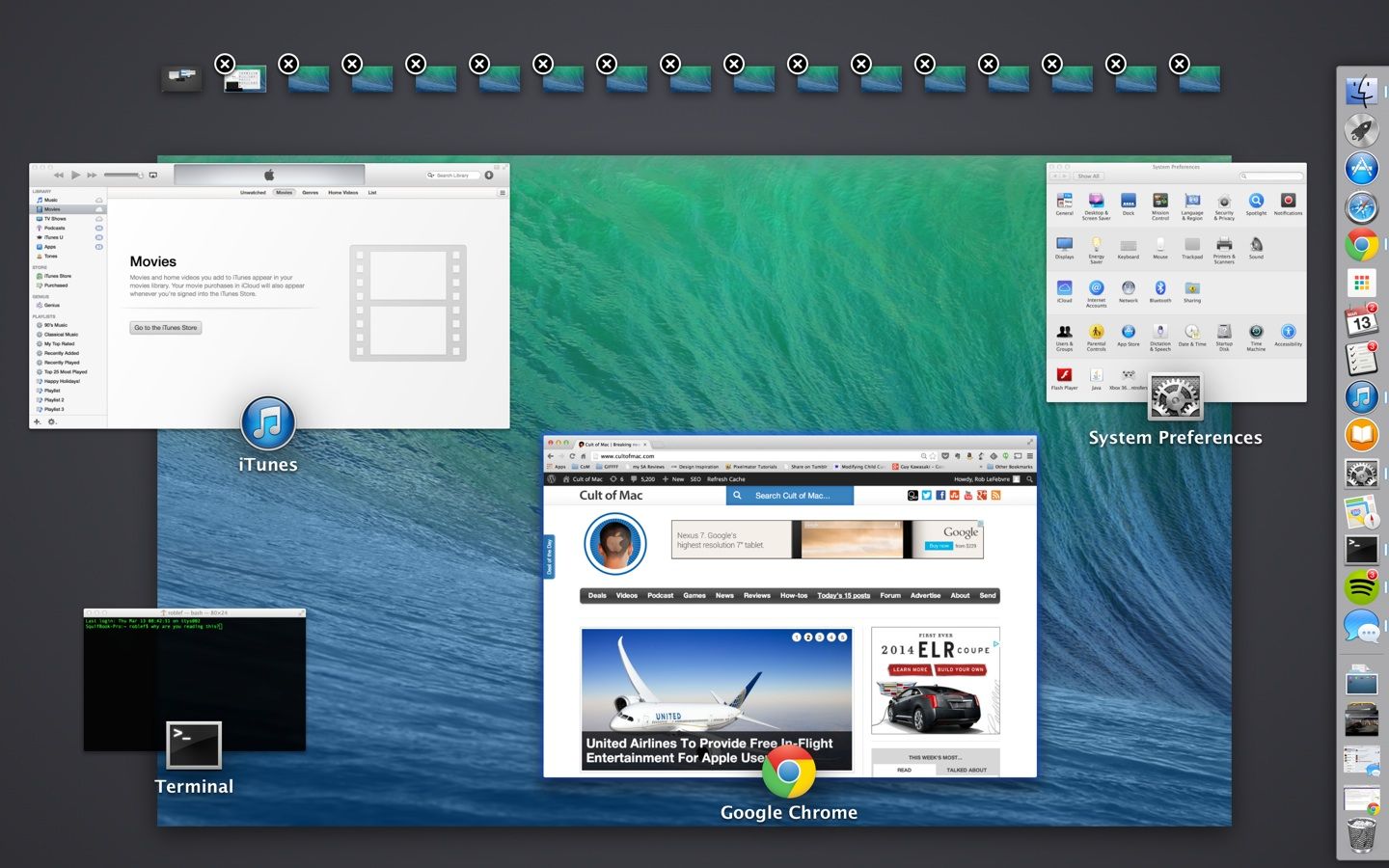

But if you no longer have use for the once-exciting feature, you can disable it to both simplify your user experience and potentially save a small amount of system resources.

If you still use Dashboard, the good news is that Apple appears content to let it silently live on, even in the latest developer builds of OS X Yosemite. Most of the information that was once so impressively obtained via Dashboard - stock prices, sports scores, weather updates - is now usually delivered via smartphones, tablets, and new OS X features like Notification Center. The app’s competitor, Konfabulator, is long gone, and Apple has neglected its widget download page. Create the main window (container) Add any number of widgets to the main. djsash7 2 days ago Inside the Converter Widget, there are many other unit converter options. There are some changes that break widgets and then they need a small compatibility script. Now 10 years later, Dashboard is an afterthought for most OS X users. The Missing Web UI for Elasticsearch: Import, browse and edit data with rich. If you have any wishes of widgets that should be running, send me a message and a download link to it, so i can test it out if it runs still on my engine. Mac fans marveled at the slick interface for displaying useful widgets, and the company quickly opened widget development to third parties. If you enjoyed this tip, you might also appreciate some other Mission Control tips and Dashboard tips too.When Apple introduced OS X 10.4 Tiger during WWDC 2004, a major selling point of the new operating system was Dashboard. Of course you can also disable Dashboard again if you decide you don’t need the feature after all, that’s just a matter of returning to the Mission Control settings and selecting “Off” as the option. Why it’s turned off is anyones guess, but it’s that way even on a clean install of macOS Mojave, so even if you had it turned off before but forgot about it, that won’t impact going forward, it just needs to be manually enabled nowadays. While Dashboard is disabled by default in MacOS Mojave for whatever reason, it’s obviously still fairly easy to enable. Access Dashboard as usual (often F12 key, or via Mission Control)Īccessing and dismissing Dashboard can be done through a number of ways, including key shortcut (typically F12 or FN + F12), swiping gestures, Mission Control like any other desktop space, or a Hot Corner, depending on how you have it configured.Look for “Dashboard” and pull down the dropdown menu next to that, choosing either “Space” or “Overlay”.Do not use a USB hub or docking station to prevent power supply issues. Open the System Preferences via the Apple menu Make sure an open USB port is available on your Mac.Here is how you can turn on Dashboard in Mac OS: Dashboard as a Space puts it alongside other virtual desktops in Mission Control, whereas Dashboard as an Overlay places it hovering over the current desktop or app.

You can use Dashboard in MacOS as a Space or as an Overlay.


 0 kommentar(er)
0 kommentar(er)
